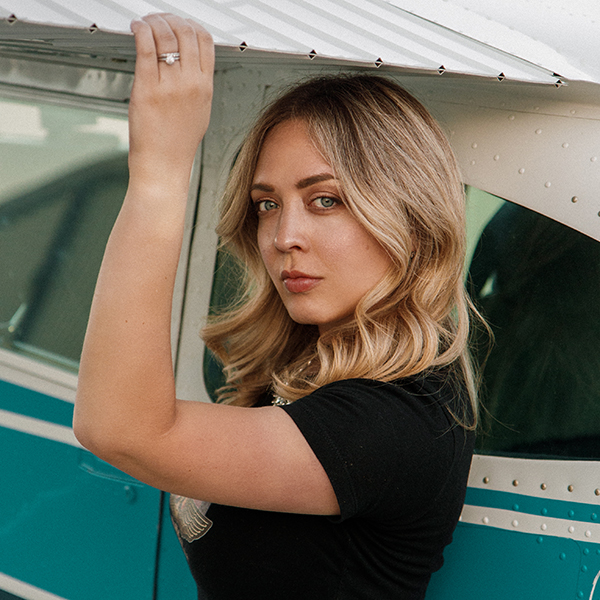Training goes electric at New Vision Aviation
FAA grants SLSA approval
Nonprofit aviation education and flight school organization New Vision Aviation can now provide flight training in the group’s four Pipistrel Electro trainers thanks to an eight-year public-private collaboration to prove electric aircraft can be suitable for flight training.
Located at the Fresno Chandler Executive Airport, New Vision Aviation, headed by President and CEO Joseph Oldham, has provided flight training and aviation industry education to young people from disadvantaged communities in the San Joaquin Valley in California since 2018.
Oldham is a general aviation pilot with a background in electric transportation who started the Sustainable Aviation Project (SAP), which received a million-dollar county transportation authority grant in 2016. New Vision Aviation was created to implement and complete the project.
“The idea was we would buy four Pipistrel Alpha Electros, which at the time were the first production electric airplanes in the world, and then set up a network of chargers, kind of like what is done for electric cars, at Mendota to the west, Fresno Chandler Airport right here in the center, … and then Reedley Airport off to the east,” Oldham said.
The aircraft were delivered in March of 2018, FAA regulations that do not allow for electric powerplants in light sport aircraft precluded the use of those aircraft for flight training.
“The problem with using these aircraft was one word in the federal code of regulations,” Oldham explained. “The definition of a light sport aircraft says it has a single reciprocating engine if powered, and unfortunately, an electric motor is not a reciprocating engine, and so that one word, reciprocating, was keeping up from using these aircraft for what they were for, which was training.”
Prior to issuing the exemption, the FAA told Oldham to gather data that proved the aircraft were safe. To get started, Pipistrel provided data loggers that plugged into the aircraft’s onboard computer to record flight data. That data went back to Pipistrel, where it was analyzed and put into charts that showed battery and other performance parameters.
The process required Oldham to fly one of the aircraft for 100 hours to gather data, which proved difficult considering he was only able to get about 40 minutes of flight time on a full charge. Eventually an engineer from another company working on electric aircraft suggested flying at a speed to optimize lift over drag, instead of what Pipistrel recommended for cruise speed, and eventually Oldham was able to achieve an hour plus of flight time per charge, making the 100-hour mark more attainable.
The FAA also dispatched an engineer to run specific tests with the aircraft, working in collaboration with Pipistrel to ensure the flights weren’t damaging the system in any way.
“They sent one of their test pilots out and he flew with me for about three days in the airplane gathering data,” Oldham said. “They published several reports internally about their experiences with the airplanes, so it was a really good, great collaboration…and that’s been, I think, probably the best part of this whole thing, is just kind of meeting all the people that are interested in electric aviation…that’s been the coolest thing to do.”
Oldham submitted the petition in September of 2019 and in June of 2023, the FAA reached out to let him know it was working on the petition and needed him to make a few small corrections. On January 22, Oldham finally received the news that his petition for exemption had been granted.
Before New Vision Aviation can begin training with the Pipistrel fleet, the aircraft need to go through an annual inspection and be recertified by an FAA designated airworthiness representative). In the meantime, Oldham says the condition of the aircraft batteries needs to be analyzed, and some may need replacing. He hopes to have at least one of the aircraft ready to fly in 30 days.




